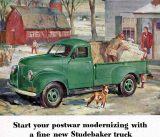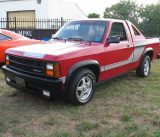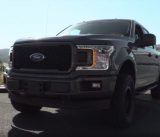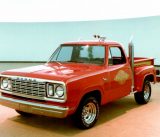Big, it surely is. Almost comically big. Imposing, to be sure. The name alone invites imagery of what we humbly feel is the first iconography of “American Muscle”. It’s the Dodge Power Wagon. A badass truck in its own right, ahead of its time and its competitors in American markets from 1945 to 1980. Produced in a myriad of military and civilian configurations, the Power Wagon boasts its own legend of reliability and capability.
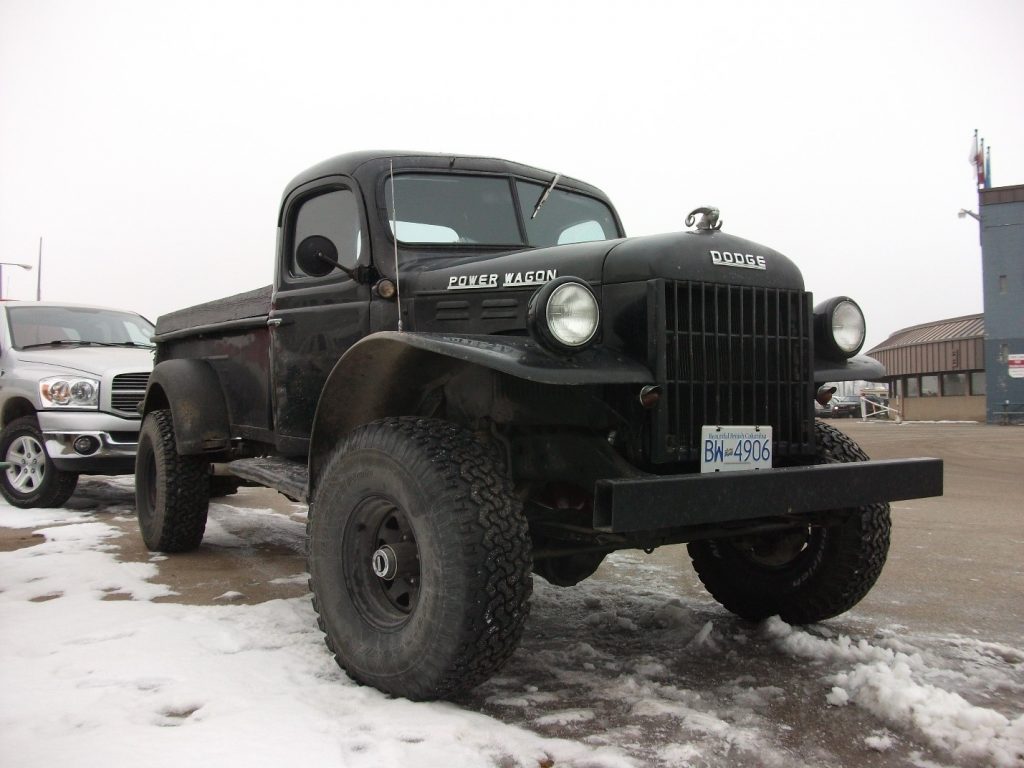
source: wikimedia
This four-wheel-drive “light” truck (if we can even call it that), sowed its roots as a ¾-ton military transport and hauler. Available 230-, 251-, and 318-cubic inch motors, well ahead of their competitors in displacement and power, provided the muscle for reliably moving the large 126”- to 147”-wheelbase the Power Wagon came with.
The Power Wagon’s very image elicits a core foundation for what today’s American trucks seek to embody – simple, utilitarian, modern and minimalist, all in one. First developed in 1946 for civilian markets, the Power Wagon was the first 4×4 available outside of the service’s OD Green fleets. An overbuilt, 8-foot cargo box frame supported the first enclosed, all-weather cab available on a pickup. The 3.8L flathead 6 came standard, mated to a two-speed transfer case and 4-speed manual transmission with power takeoff unit.
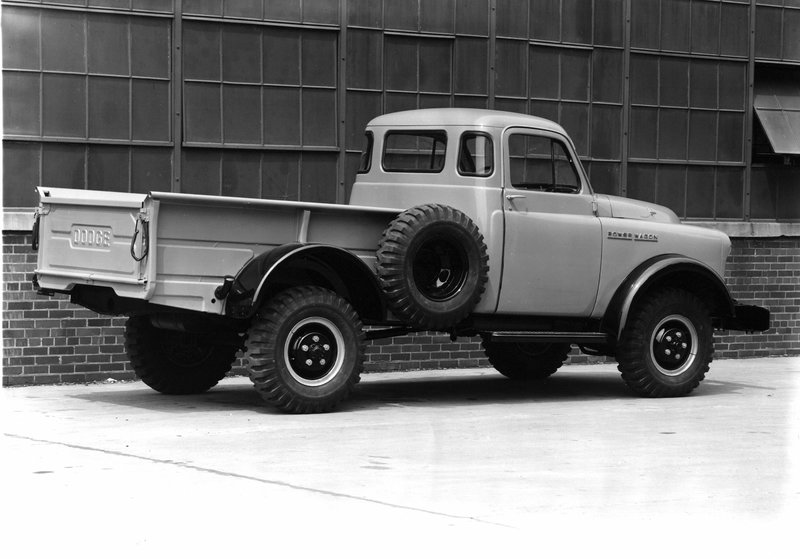
1957 Dodge Power Wagon
But what made the Power Wagon such a famously reliable and rugged truck? We posit that continuous improvement upon a chassis and powertrain already ahead of its time helped keep the Power Wagon ahead of the pack. The original W100 and W200 Power Wagons sported the already-reliable 230 cubic-inch motor, but it was quickly replaced with an even more reliable 225 cubic-inch slant six. A roller timing chain, bi-metal connecting rod bearings, stellite-faced exhaust valves, roto caps on every exhaust valve, and polyacrylic valve stem seals helped the motor maintain lubrication, compression, and the ability to handle its own power band under long periods of heavy throttle without causing excessive wear. Basically, one could mash the peddle for as long as they could sweat it out, and the Power Wagon would show off how it got its name.
Further, the truck’s impressive gross vehicle weight rating far exceeded any other model on the market at the time. The nominal one-ton rated Power Wagon tipped the scales with a GVWR of 8,700 pounds and a max payload of 3,000 pounds. In 1967, those numbers increased further, thanks to the introduction of a big-block 383 V8 motor.
Perhaps most impressive – and one of the greatest examples of Dodge’s innovative prowess – was the development of the Willock Chassis Swivel. This crazy drivetrain provided a frame that was split in two pieces at the point where the truck bed met the rear of the cab. A swivel system allowed both halves to literally “twist”, or rotate independently of each other. This allowed all four tires to stay planted on even the most extreme terrain. Just 50 to 100 examples were built, and while Willock is no longer in business, the chassis swivel is still manufactured for all-terrain vehicles.
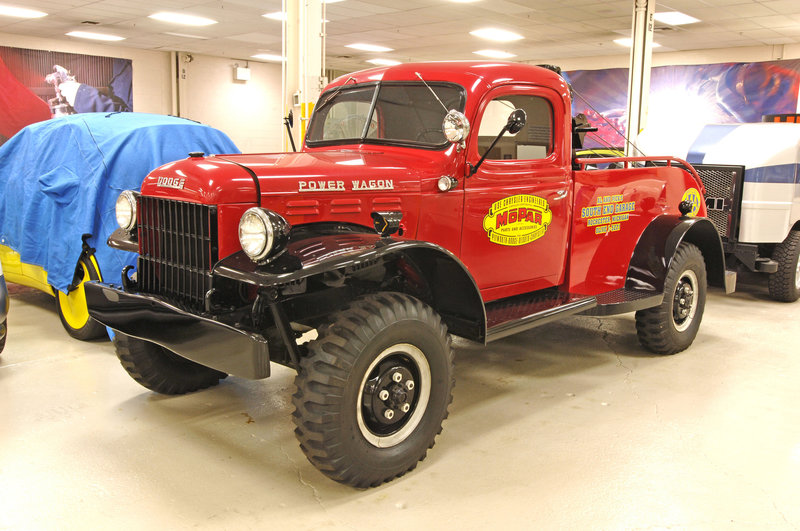
1946 Dodge Power Wagon Wrecker
The Power Wagon was arguably the most rugged and reliable truck produced in the 20th century. Its namesake was so synonymous with American ruggedness that, in 2005, Dodge reintroduced the brand within its existing Ram truck series. The new Power Wagon boasts Dodge’s flagship 6.4L Hemi, an upgraded 6-speed auto transmission, and numerous drivetrain upgrades, to include locking differentials, an integrated winch, forged wheels, monoblock shocks, and other off-road accouterments. Popular opinion judges that the new Power Wagon respectably embodies the legend of the original truck.

